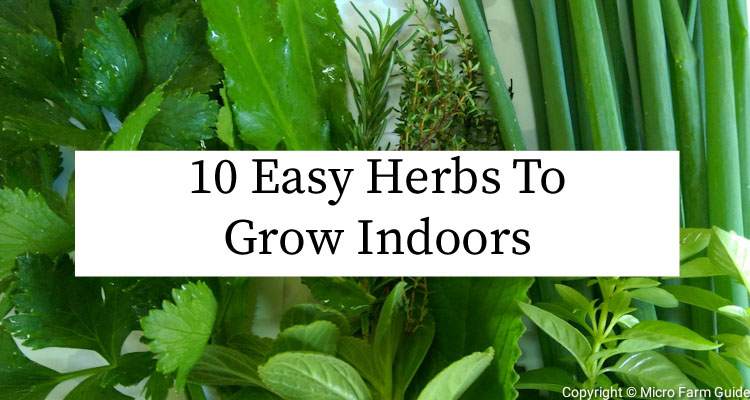Basil, Mint, and chive are some of the easiest herbs you can grow indoors since they thrive in containers and need little attention.
However, some herbs are difficult to grow inside, and knowing which to choose can save you from endless frustration.
So, in this article, we’ll reveal 10 easy herbs to grow indoors, including some tips to keep them healthy throughout the year.
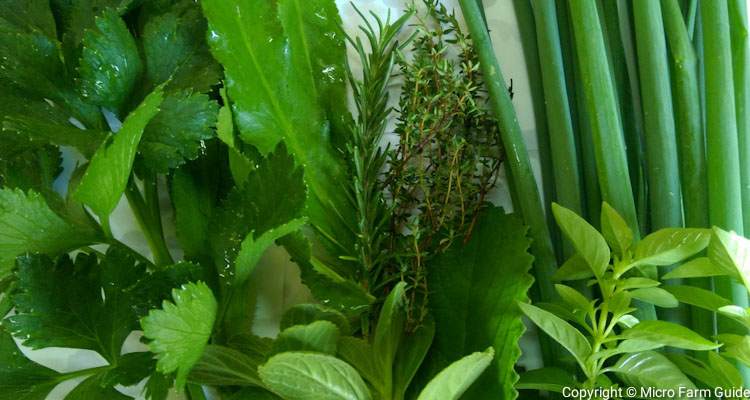
But before we do, here is a suggestion: Choose herbs you use regularly since most of these plants rely on regular pruning to stimulate growth.
With that said, let’s delve into the first herb on the list.
1. Basil (Ocimum Basilicum)
Basil is an aromatic herb whose flavors range from sweet to minty, with some being a bit spicy.
Common varieties include Sweet Basil and Genovese, both of which thrive in full sun with well-drained soil.
Basil grows best in well lit, slightly arid conditions, similar to the growing conditions in the Mediterranean regions where it originates.
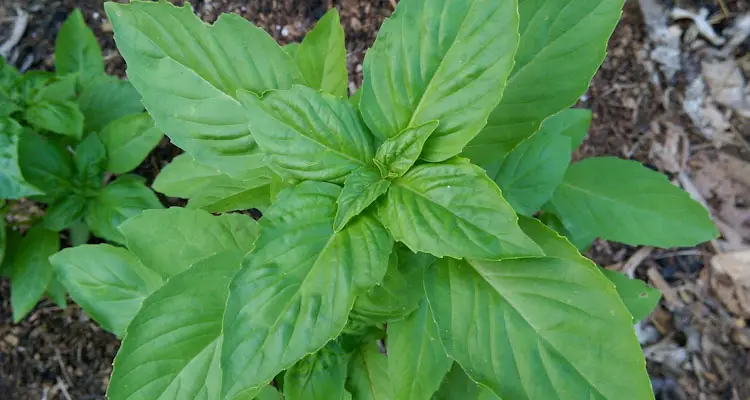
As a result, you’ll have to ensure that basil receives at least 6 hours of sunlight or suitable grow light. Also, ensure that the growing media is moist but not soggy.
Basil is a versatile plant used to flavor various dishes and is believed to have many health benefits. So, it’s definitely worth having a plant or two.
2. Mint (Mentha)
Mint has a cool, refreshing flavor and is well-known for its minty accents to teas and desserts.
Some of the most popular varieties are Spearmint and Peppermint, which are used in several home recipes and remedies.
Mint prefers moist soil, can tolerate partial sunlight, and needs to be pruned often to keep in check.
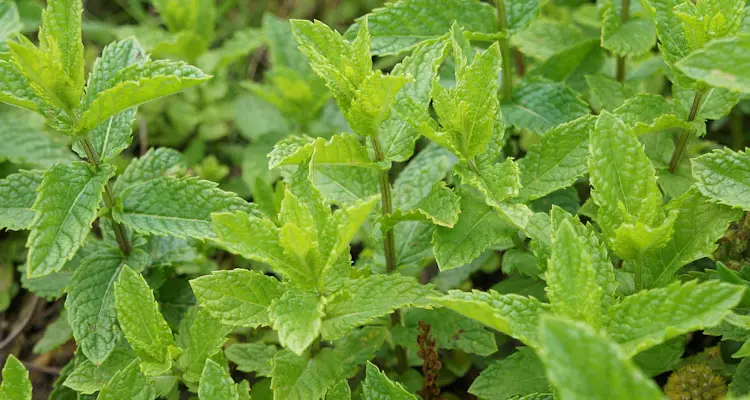
When growing Mint indoors, you’ll need to place it near a window and keep the soil moist to avoid stressing out the plant.
Mint is widely used in cooking and is famous for its ability to aid in digestion, freshen breath, and help in relaxation.
3. Bunching Onion (Allium Fistulosum)
Bunching onion has a mild onion-like flavor, even though it lacks a bulb.
It is often mistaken for chive and is available in several varieties, including Evergreen and White Lisbon.
You can grow Bunching onions in partial shade, but it grows best in full sun, even though it is a cool weather plant.
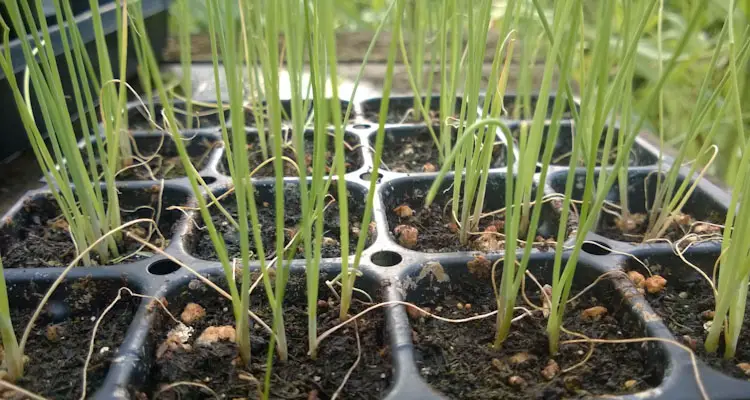
You’ll need a deep pot with good drainage to grow plants indoors. Just ensure it receives at least 8 hours of sunlight and constant moisture.
Bunching onions are packed with vitamins and antioxidants, adding a delicious flavor to stir-fries, stew, and soups.
4. Thyme (Thymus Vulgaris)
Thyme is a fragrant herb widely used in Mediterranean and Caribbean recipes.
It is one of several fine-leaf Thyme varieties, such as the citrus-scented Lemon Thyme. However, it is usually distinguished by the names Common, French, or English Thyme.
Thyme grows well with plenty of sunlight and moist, well-drained soils.
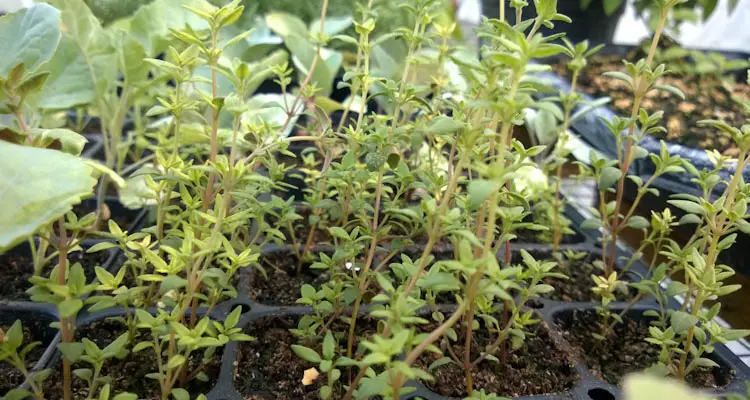
So, you must ensure they receive sufficient light and a quality potting mix to keep them happy.
Thyme is a popular seasoning added to everything from soups to barbecues. It is well-known for its ability to soothe coughs and aid digestion.
5. Parsley (Petroselinum Crispum)
Parsley is a popular herb best known for its use as a “sprinkle-on herb” in Italian recipes.
It’s usually pictured as the curly leaf (French) or the flat leaf (Italian) but is also available as root parsley.
Parsley is a cool-season herb that loves indirect sunlight and moist, aerated soils.
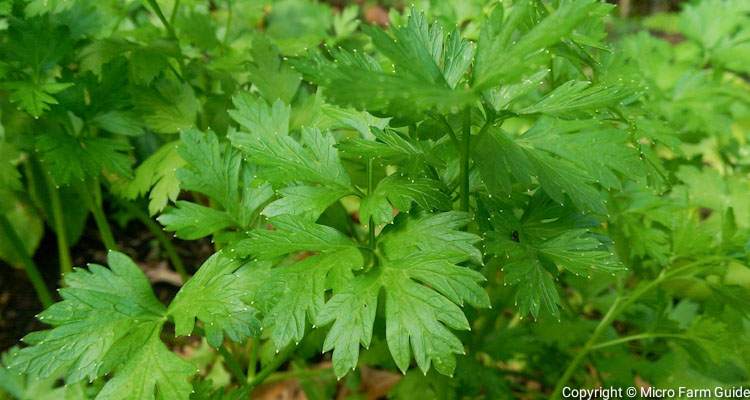
This means that Parsley thrives indoors if placed near a sunny window and receives enough moisture.
You can use Parsley in soup, salads, and pasta, but it’s best known for enhancing the flavor of pizza and sauces.
6. Oregano (Origanum Vulgare)
Oregano is another well-known “dried” seasoning often used in Italian and Mediterranean recipes.
Its most popular varieties include Greek and Italian Oregano, with many other wild varieties grown worldwide.
Due to its origin, Oregano loves warm, sunny locations and is well-adapted to dry spells.
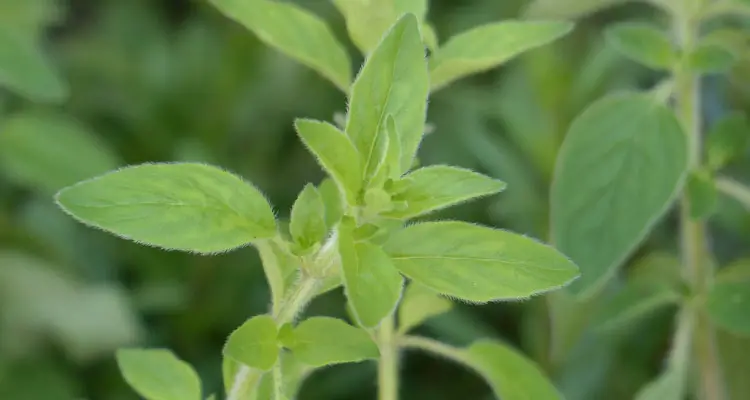
As a result, it needs at least 6 hours of sunlight daily. It prefers growing in a well-drained medium that can dry out slightly between waterings.
Oregano is used extensively in cooking pasta, pizza pies, and salads. It is also believed to aid digestion and support the immune system.
7. Cilantro (Coriandrum Sativum)
Cilantro has a slightly citrusy taste and is often used in Mexican recipes.
Some of the most common varieties include Calypso, Santo, and Slow Bolt.
Cilantro grows best in full sunlight and prefers moist, well-drained soils.
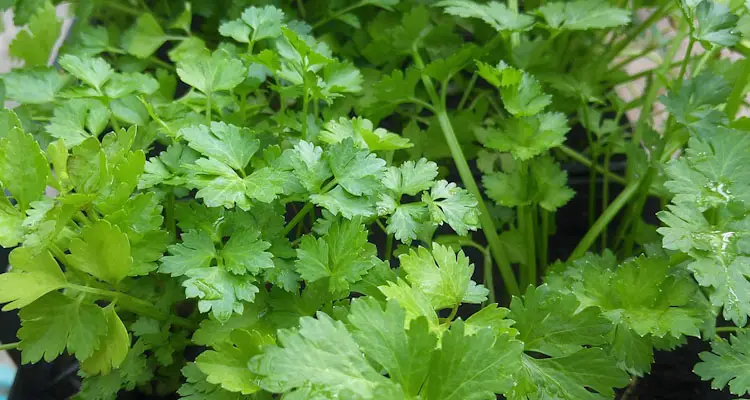
When growing indoors, you should placed Cilantro next to a sunward-facing window and grown in a moist potting mix.
You can use Cilantro to flavor Guacamole, curries, and salsa while adding essential vitamins to your meals.
8. Dill (Anethum Graveolens)
Dill has a mild flavor and is most known for its iconic umbrella-like flowers.
It’s available in varieties such as Fernleaf, Bouquet, and Mammoth.
Dill grows best in sunny, well-drained soils and can grow up to 3 feet tall.
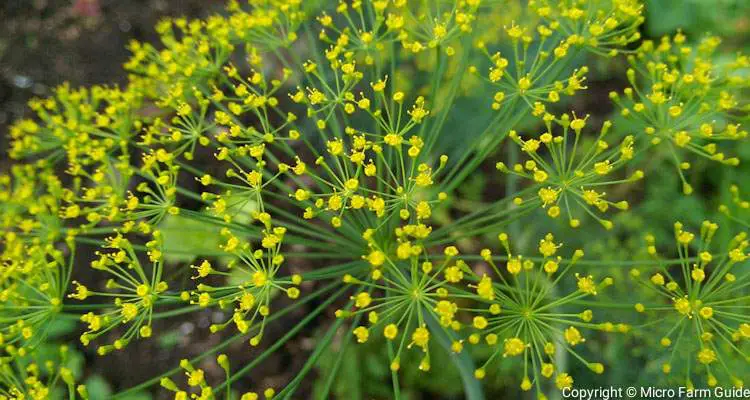
However, you can keep the plant compact when grown indoors by providing enough bright light and a moist, well-drained potting mix.
You can use dill to flavor pickles, fish, and salads.Yet, its antimicrobial properties suggest it’s an excellent herb for your health as well.
9. Sage (Salvia Officinalis)
Sage has a robust, almost medicine-like flavor with hints of Mint and eucalyptus.
The most popular variety is White sage, also called Common Sage, but I also liktyou can try Purple and Golden varieties.
Sage requires lots of sunlight and grows best in slightly dry conditions.
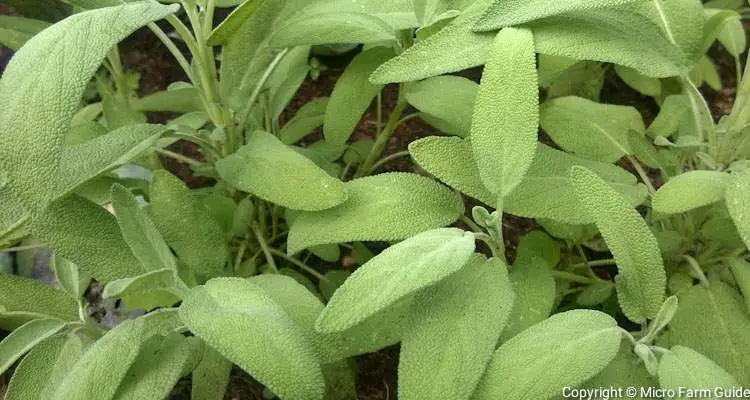
As a result, it grows best near a sunny window. It’s best to water sage only when necessary, allowing it to dry out slightly between waterings.
Sage is often used to flavor poultry dishes. Still, it is best known for its therapeutic and perceived spiritual benefits.
10. Rosemary (Rosmarinus Officinalis)
Rosemary is an aromatic herb with a strong flavor, which is well known for its culinary and therapeutic benefits.
It’s used extensively worldwide and is available in several varieties, such as Tuscan Blue, French, Arp, and various wild types.
Rosemary is native to the Mediterranean region and requires intense sunlight and well-drained, drier soils.
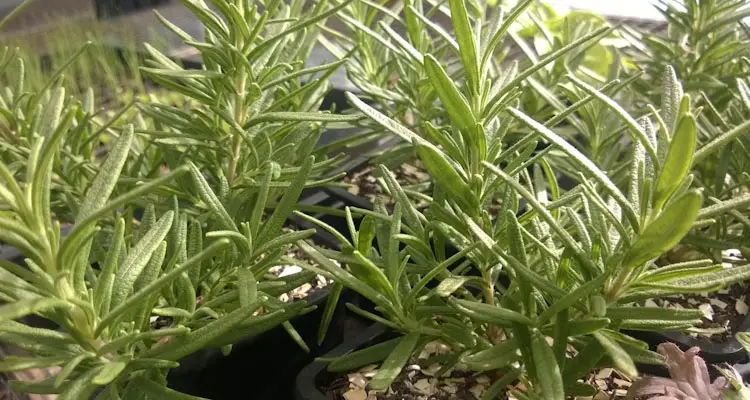
I’ll be the first to admit that, it’s not the easiest plant to grow indoors. However, it will grow well if you provide bright sunlight and allow the growing medium to dry slightly between watering.
Rosemary is used extensively in cooking and is renowned for its ability to help with digestion and slow or reverse hair loss.
Why Grow Herbs Indoors?
Most herbs thrive outdoors, where they can receive enough sunlight and space to grow.
Unfortunately, not everyone has access to ideal growing conditions.
As a result, indoor herb gardening is great for space-saving, weather challenges, and overall convenience.
For example, an indoor herb garden can allow you to enjoy fresh herbs, even while living in a small apartment in the city.
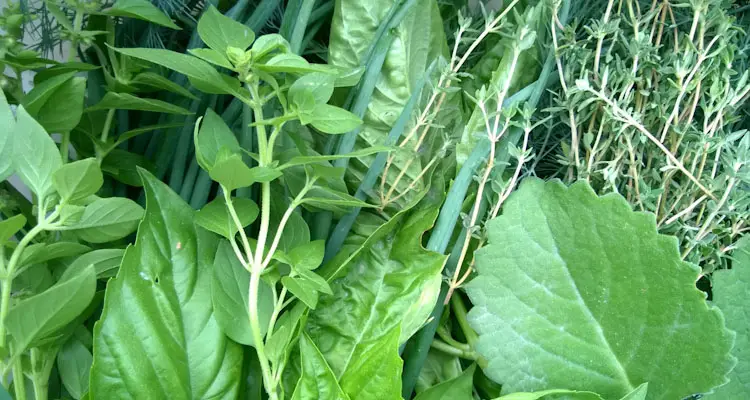
Also, it can ensure you have a year-round supply of herbs despite winter or other extreme climatic events.
Now, even if you live in the tropics, with ample outdoor space, having herbs in or near your kitchen is a lot more convenient than going outside whenever you need seasoning to prepare a meal.
Final Thoughts
Okay, so I must confess that growing herbs indoors isn’t just about gardening. But who cares?
Would you object to having a year-round supply of fresh herbs, regardless of the weather? Of course not!
So, whether you want to flavor pasta, season meat, or brew some tasty tea, use this list as a great starting point.
And if you want to learn more about indoor gardening, please visit our Container Gardening Page for more tips and detailed tutorials.
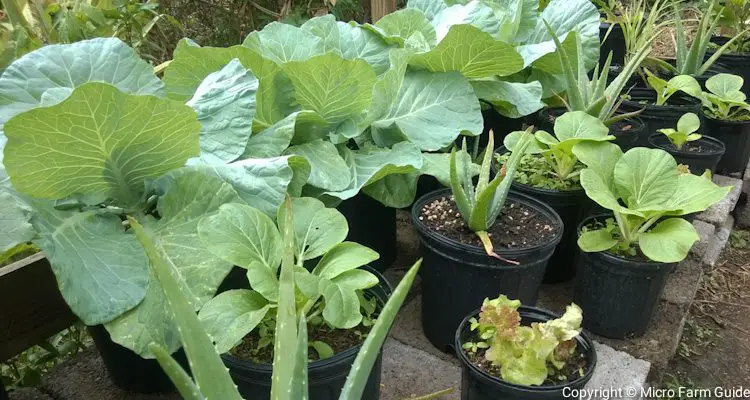
Related Questions:
1. Which herbs grow best indoors?
Basil, Chives, Mint, and Parsley are excellent choices for indoor herbs. They are well adapted to growing in containers, provided they receive enough light, consistent moisture, and nutrients.
2. Do herbs need full sun?
Yes, most herbs require at least 6-8 hours of sunlight daily for healthy growth and robust flavor. This is due in part to their tropical or Mediterranean origin.
3. What herbs grow well indoors without sunlight?
Herbs like Mint, Chives, and Parsley can grow indoors with indirect light but thrive in fully lit conditions. They’re great choices for low-light conditions.
References
PennState Extension. Growing Herbs Indoors. extension.psu.edu. Accessed October 2023
Iowa State University. Growing Herbs Indoors. extension.iastate.edu. Accessed October 2023

